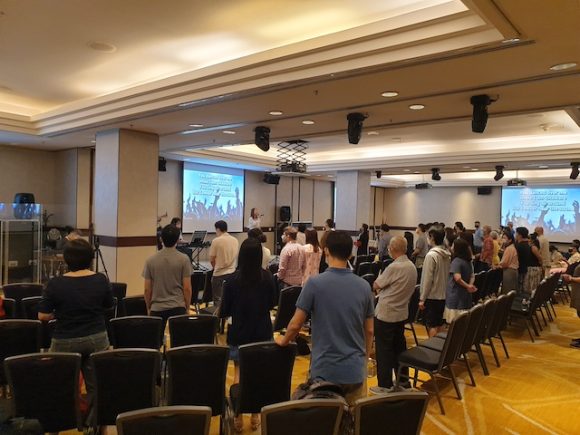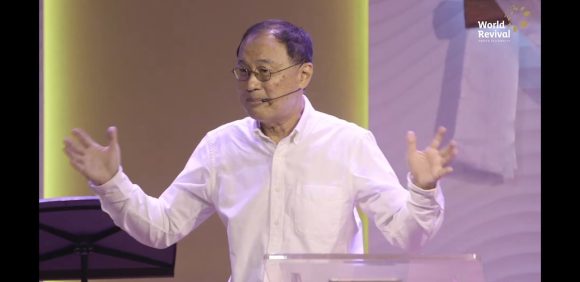It was a joy to preach at Shekinah Assembly of God on Mother’s Day. Blessed to return to in person worship and fellowship. I was told that they have moved their services to the Holiday Inn Singapore Atrium, along Outram Road. We seldom speak of Covid-19 positively, but thanks to it, they had a good, […]
It was a joy to preach to the “embodied” church again after mostly doing pre-recorded or online services in most of the last two years. Most of the members have begun to return to the worship gatherings since the government gave the green light and loosened restrictions recently. The timing was good too, for the […]
My association with Church of True Light went back about twenty-five years. I first got to know them through a church camp before I guest preached in their worship services. If I remember correctly I took two other camps with them, one in the Cameron Highlands, and another in Johor. The uniqueness of their camps […]


